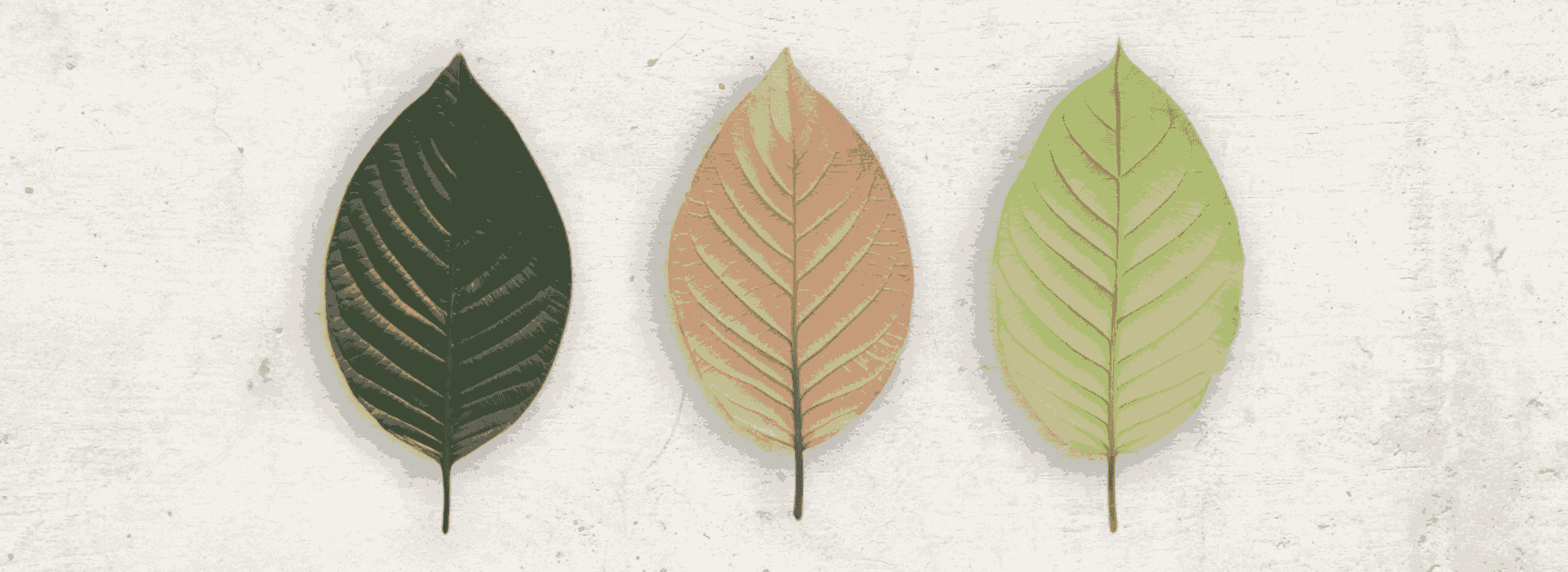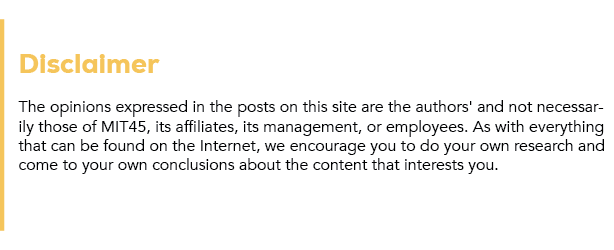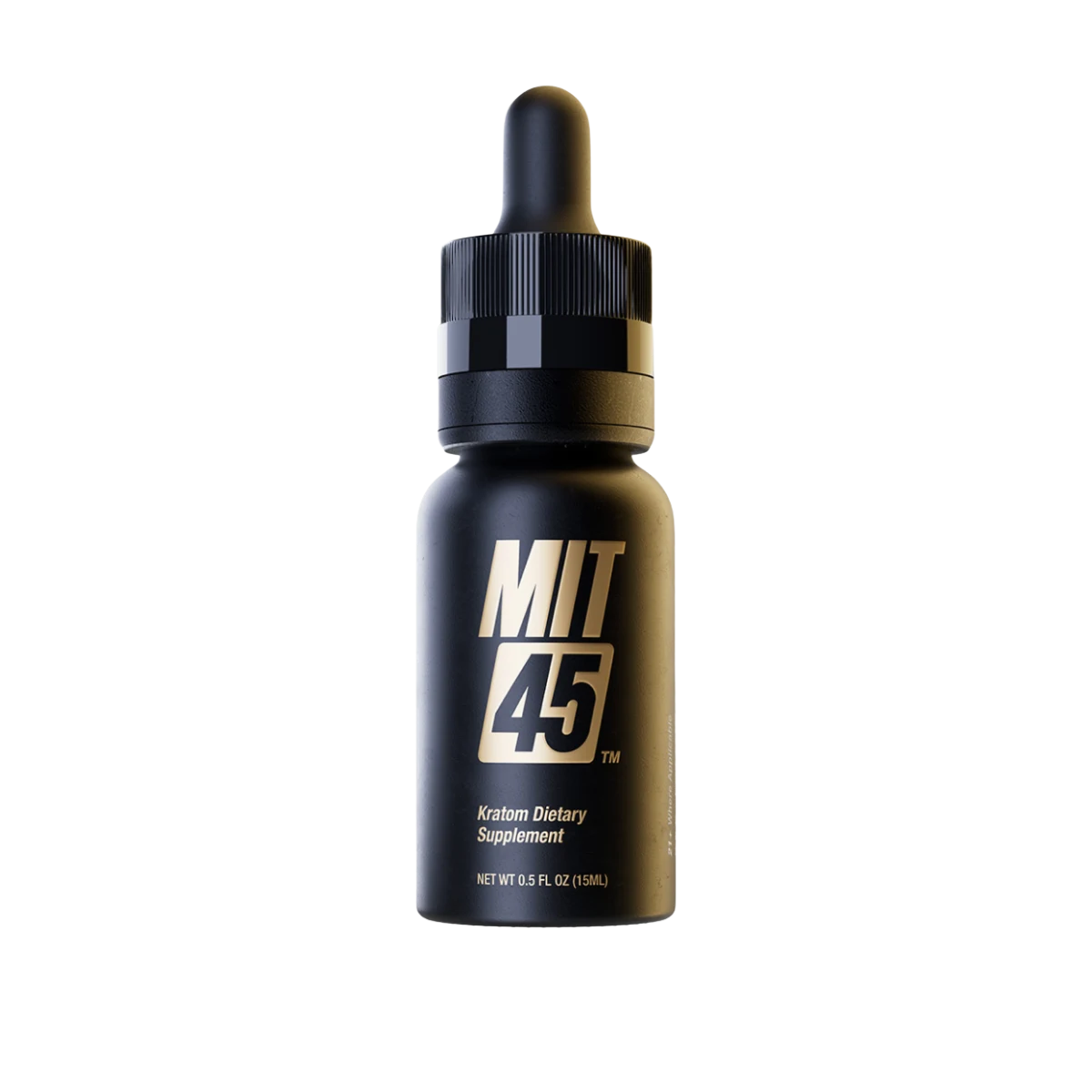If you’ve ever stocked up on Kratom, you’ve probably wondered: Does Kratom expire? The answer is yes. Over time, the plant’s natural compounds can lose their potency, making your supply less effective than when it was fresh. Understanding Kratom shelf life is the key to making the most of what you have. Factors like storage conditions, packaging, and product form all influence how long Kratom can maintain its quality. By understanding the factors that affect Kratom’s shelf life and proper storage methods, you can extend its freshness and ensure each batch is worth keeping. In this guide, we’ll explore how long Kratom generally lasts, what can shorten that time, and simple steps to protect your supply.
Does Kratom Expire?
If you’ve ever wondered, ‘Does Kratom expire?’ you’re not alone. Understanding Kratom’s shelf life is essential to keep it fresh and potent.Yes, Kratom can expire; its potency and quality diminish over time. But Kratom doesn’t spoil like dairy or bread, but it does have a natural life cycle. Over time, the plant’s alkaloids, the compounds responsible for its effects, begin to break down. This gradual change can make the product less potent, even if it still looks fine.
So, can Kratom expire? Yes, in the sense that its strength and quality decline the longer it’s stored, especially if it’s exposed to heat, light, air, or moisture. With the right storage approach, however, you can slow that process and keep your supply fresh for much longer.
Understanding Kratom Shelf Life
The term Kratom shelf life refers to how long Kratom can maintain its freshness and potency before noticeable decline begins. On average, well-stored Kratom lasts between one to three years.
Several factors influence the life of Kratom, including its form. Powder and capsules tend to retain their quality for a substantial period when kept sealed, while extracts and liquids can sometimes last longer due to their concentrated nature.
However, storage conditions often matter more than the form itself. Exposure to light, heat, or humidity can shorten that time, while cool, dry, and airtight conditions can help extend it.
How Long Does Kratom Last?
Several environmental and handling factors determine how long Kratom retains its quality.
- Exposure to Light: Direct sunlight can speed up the breakdown of alkaloids, shortening the shelf life of Kratom.
- Heat: Warm storage areas accelerate natural degradation.
- Moisture: High humidity can lead to clumping or even contamination.
- Air: Frequent opening of containers allows oxygen in, which slowly reduces potency.
- Packaging: Quality, airtight packaging preserves Kratom far better than loosely sealed bags.
Keeping these factors in check is the simplest way to maintain freshness and get the most out of your supply.
Signs Your Kratom May Have Expired
Even when stored carefully, Kratom does not last forever. Over time, you may notice specific changes that suggest it’s no longer at its best:
- Color changes – Fresh Kratom typically has a distinct green hue. If it fades to a dull brown, it may be a sign of age.
- Texture issues – Excess moisture can cause Kratom to clump, which may affect its quality.
- Unusual appearance – Visible mold, dark spots, or other irregular markings indicate contamination and should not be ignored.
- Reduced quality – If your Kratom no longer seems the same as when first purchased, it may have lost its original strength.
When multiple signs appear together, the safest option is to replace your supply rather than continue using it.
How To Store Kratom For Maximum Freshness?
Proper storage helps maintain the quality of Kratom for more extended periods. Here are a few reliable practices to keep in mind:
- Use airtight containers – Seal Kratom in jars, tins, or resealable bags to limit exposure to air.
- Keep it away from light – Store in a dark cupboard or drawer, as direct sunlight can degrade the plant material.
- Control temperature – A cool, stable environment is ideal; avoid places that are too warm or humid.
- Avoid excess moisture – Humidity encourages clumping and mold growth, so ensure the storage area stays dry.
- Label your batches – Mark the purchase date to track how long you’ve had each package.
By following these steps, you reduce the chances of early spoilage and help your Kratom remain in better condition over time.
So, Does Kratom Expire? Key Takeaway
Kratom doesn’t expire overnight, but its freshness and potency gradually decline over time. By understanding the Kratom shelf life and recognizing what shortens it, you can take simple steps to protect your supply. Store it in a cool, dark, and dry place, keep it sealed, and avoid unnecessary exposure to heat, light, or moisture. Whether you’re keeping Kratom for a few months or several years, proper care ensures you get the most from every batch. When in doubt, check for signs of age or contamination and replace it if needed. Fresh Kratom will always serve you better than an old, tired stash.
Frequently Asked Questions:
Can Kratom expire?
Yes, Kratom can expire as its natural compounds break down over time. While it won’t spoil like fresh produce, potency and quality will fade, especially if stored in poor conditions. Proper storage can slow this process, but older Kratom may not deliver the same experience as when fresh.
How long does Kratom last?
With the right storage, the life of Kratom typically ranges from one to three years. Airtight packaging, cool temperatures, and low humidity help preserve its quality. Although it can last several years, many find it’s best to keep it within a year for optimal freshness and strength.
Does Kratom go bad?
Kratom doesn’t rot or spoil like perishable foods, but it can degrade. Light, heat, air, and moisture are the main culprits in reducing its quality. Visible mold, odd discoloration, or a musty appearance are clear signs it’s past its best and should be replaced immediately for safety and quality.
What is the typical shelf life of Kratom powder and capsules?
Kratom powder and capsules can generally last between 1 and 3 years if stored properly in a cool, dark, and dry environment without significant loss in potency.
Do Kratom extracts and liquids go bad faster than powders?
Extracts and liquid Kratom are concentrated and can last longer than powders sometimes, but both extracts and liquid Kratom can go bad if not stored properly.
How do I store Kratom so that it does expire too fast?
Store the Kratom in airtight containers, in a dark, cool area, with no excess moisture.




